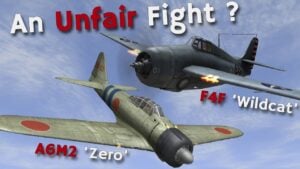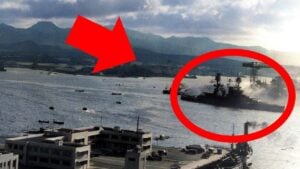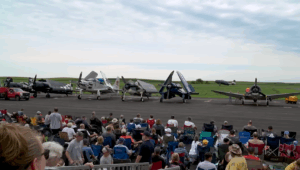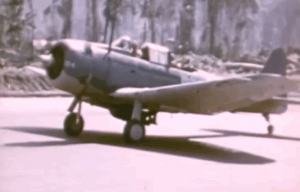How an SR-71 Blackbird Disintegrated at 78,000 feet
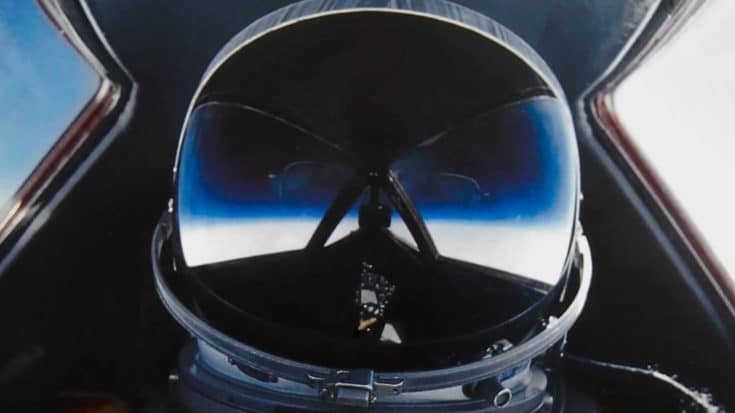
YouTube / The History Guy
A Normal Test Flight
On January 25, 1966, Lockheed flight test specialist Jim Zwayer and pilot Bill Weaver embarked on an SR-71 Blackbird test flight to evaluate new systems designed to reduce drag and enhance high-speed cruising.

This required shifting the Center of Gravity (CG) further aft than usual, reducing the aircraft’s longitudinal stability. Their mission began at 11:20 AM, launching from Edwards Air Force Base.
After refueling mid-air from a KC-135 tanker, Weaver accelerated to Mach 3.2, climbed to 78,000 feet, and turned eastward.
Engine Inlet Malfunction
Shortly after entering a 35-degree right bank, the SR-71 experienced an “inlet unstart,” a phenomenon where a disturbance inside the engine inlet causes a shockwave to be expelled forward, resulting in an instant loss of thrust. Though common in the Blackbird, the system usually corrected itself by recapturing the shockwave.

However, in this instance, the right J-58 engine inlet malfunctioned, forcing the aircraft into an uncontrollable roll and pitch. Weaver jammed the control stick hard left and forward, but the plane remained unresponsive.
Disintegration of the Blackbird
In the midst of the chaos, Weaver attempted to communicate with Zwayer while planning to stay with the aircraft until it slowed to a safer speed and altitude.
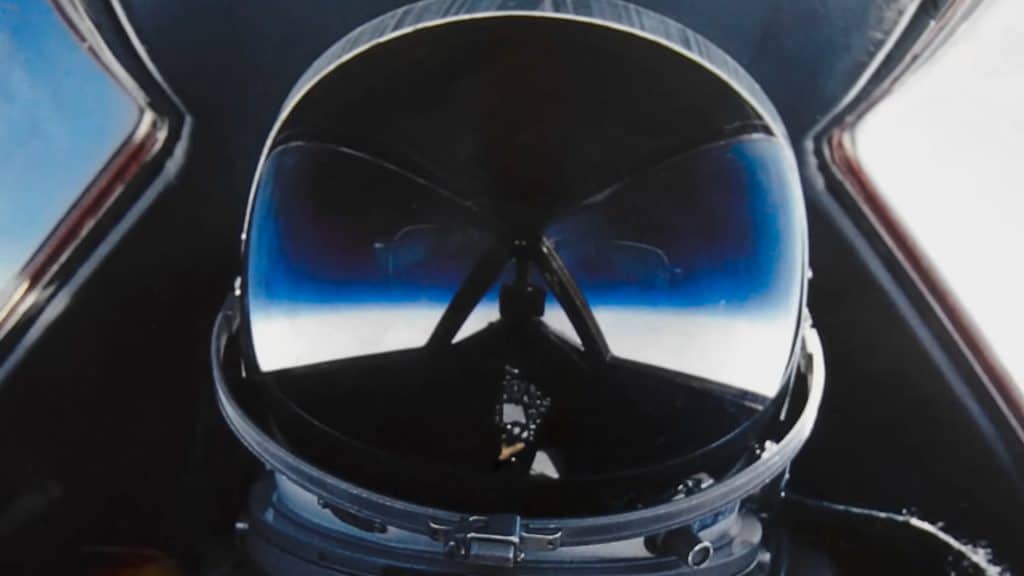
Ejecting at Mach 3.18 and 78,000 feet was practically suicidal. But within seconds, the g-forces overwhelmed him, and both men blacked out as the SR-71 disintegrated around them.
Saved by the Pressure Suit
Weaver regained consciousness while free-falling from 78,000 feet. His pressure suit, connected to an emergency oxygen tank, had inflated upon ejection, protecting him from the extreme conditions of high altitude and high g-forces.

Miraculously, his stabilizing chute deployed automatically, ensuring he fell in a controlled vertical descent. At around 15,000 feet, his main parachute deployed, slowing his fall. He then spotted Zwayer not far away, also descending under his parachute.
Rescue and Tragedy
Bill was rescued by Albert Mitchell, a nearby ranch owner who happened to have a helicopter ready. Mitchell flew him to Tucumcari Hospital, 60 miles away.

Tragically, Jim Zwayer did not survive the disintegration; his neck had snapped during the break-up, killing him instantly.
Following the accident, testing with the CG shifted so far aft was discontinued. The inlet control system was continuously improved, along with the SR-71’s Digital Automatic Flight Control System, to prevent similar inlet unstarts in the future.














